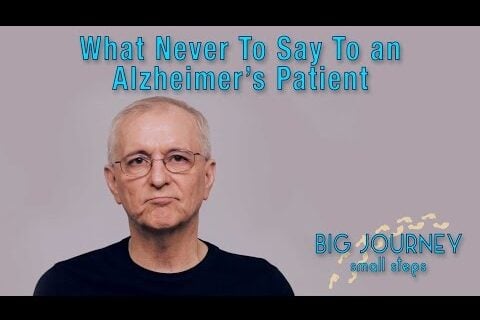The post is developed in partnership with BetterHelp.
It’s a big decision to decide to go to therapy! Additionally, once you’ve made the decision, it’s easy to feel overwhelmed with all the different types of therapy there are to choose from. Here are a few types of behavior therapy you should know about, so you can make an informed decision about what type of therapy is best for you.
What Are The Different Types of Therapy?
According to The American Psychological Association, there are 5 approaches to therapy. These broad categories are psychoanalysis therapy, behavior therapy, cognitive therapy, humanistic therapy, and integrative therapy. Additionally, each of these types of therapies can be broken down further– into specialized approaches. Next, we’ll delve specifically into behavior therapy and a few of the specialized approaches within this category.
What Is Behavior Therapy?
Behavior therapy relies on the assumption that your behaviors are formed by what you’ve learned in the past. Behavior therapy works to replace negative behaviors you have picked up over the years and transform them into positive ones. While the desired outcome of all behavior therapy is similar, there are quite a few different subtypes of behavior therapy designed to reach this goal. Let’s take a look at a few types of behavior therapy, what you can expect out of each type of therapy session, and what each type of therapy aims to treat:
1. Cognitive Behavioral Therapy
One of the most well-known types of behavior therapy is cognitive behavioral therapy (CBT). This therapy isn’t just a type of behavior therapy. It’s actually a mix of cognitive therapy and behavior therapy (hence the name).
The Idea Behind CBT
CBT focuses on changing your thoughts, in order to manage your feelings. By properly managing your feelings, the idea is that you can then react better to situations and see positive changes in your behavior. This strategy begins by strengthening your self-awareness so you can identify your own negative thinking quickly. From there, you can re-evaluate how your negative thinking may be distorting reality and confront underlying fears and phobias.
What To Expect In A CBT Session
A CBT session may include role-playing difficult situations as well as finding healthy coping strategies and stress relief techniques that work best for you. This type of behavior therapy can be helpful for a large array of mental health conditions ranging from managing depression to managing addiction. CBT is also useful for dealing with generalized stress.
2. Dialectical Behavior Therapy
Dialectical Behavioral Therapy (DBT) isn’t just a subtype of behavior therapy— it’s a subtype within Cognitive Behavioral Therapy (CBT) too! Here’s how DBT takes the principles of CBT and narrows down the focus even further:
The Idea Behind DBT
While CBT focuses on how thoughts influence feelings which in turn, create behaviors— DBT focuses mainly on just the thought stage.The reason there is more focus on just thoughts is because DBT is generally used in crisis situations, where negative thoughts quickly develop into a high risk of suicide, self-harm, violence, and/or addiction. In order to overcome a crisis situation like this, a large amount of time must be spent identifying negative thoughts and redirecting them to create a safe environment and regulate harmful behaviors.
What To Expect In A DBT Session
DBT is broken into four different stages to deal with issues in order of severity. This means each session is different, depending on which stage you are currently in. The first stage is stabilization, in order to remove immediate threats. Next, is the emotional pain stage where you face repressed emotional pain. Then, you will work on quality of life by setting goals. Lastly, in stage 4, the goal is to maintain stability by implementing the skills learned in the past 3 stages.
3. Systematic Desensitization
If you are looking for a specific type of behavior therapy to deal with anxiety or phobias, systematic desensitization may be exactly what you are looking for! Here’s a look at what systematic desensitization is and what you can expect out of a systematic desensitization session:
The Idea Behind Systematic Desensitization
Systematic desensitization uses gradual exposure to slowly decrease your anxiety and fear response to something specific. In the place of fear, the goal is to instead create feelings of calm through counter conditioning.
What To Expect In A Systematic Desensitization Session
Systematic desensitization is broken up into three phases. The first phase is teaching relaxation techniques. Then, you create a list of what you fear most over and work your way down to what you fear least. From there, you will tackle the fears that affect you least in therapy sessions and then work your way up the list, mastering your ability to deal with the fears that affect you the most.

Photo Credit: iStock
The post 3 Types of Behavior Therapy You Can Try To Improve Your Mental Health appeared first on The Good Men Project.
Original Article










